Solo travel in Costa Rica: tips for an amazing adventure

Costa Rica offers a safe and welcoming environment, making it an ideal destination for a first-time solo trip. It’s the perfect opportunity to escape to a country where nature and the kindness of the locals greet you with open arms.
If you’re wondering about potential risks before your trip, know that this country is one of the safest destinations in Latin America, though it’s still wise to learn about the dangers for tourists in Costa Rica.
And here's a bonus: this little slice of paradise is a joy to explore year-round.
Nearly a quarter of its territory is protected, offering a true immersion in untouched natural landscapes.
From beaches and volcanoes to lush rainforests, every corner of Costa Rica promises a deep dive into nature’s beauty.
The “Pura Vida” spirit, a philosophy unique to Costa Rica, celebrates simplicity and happiness in everyday life. It is reflected in the locals’ warm hospitality. I still remember the family who spontaneously invited me to share their meal when I got lost on a backroad.
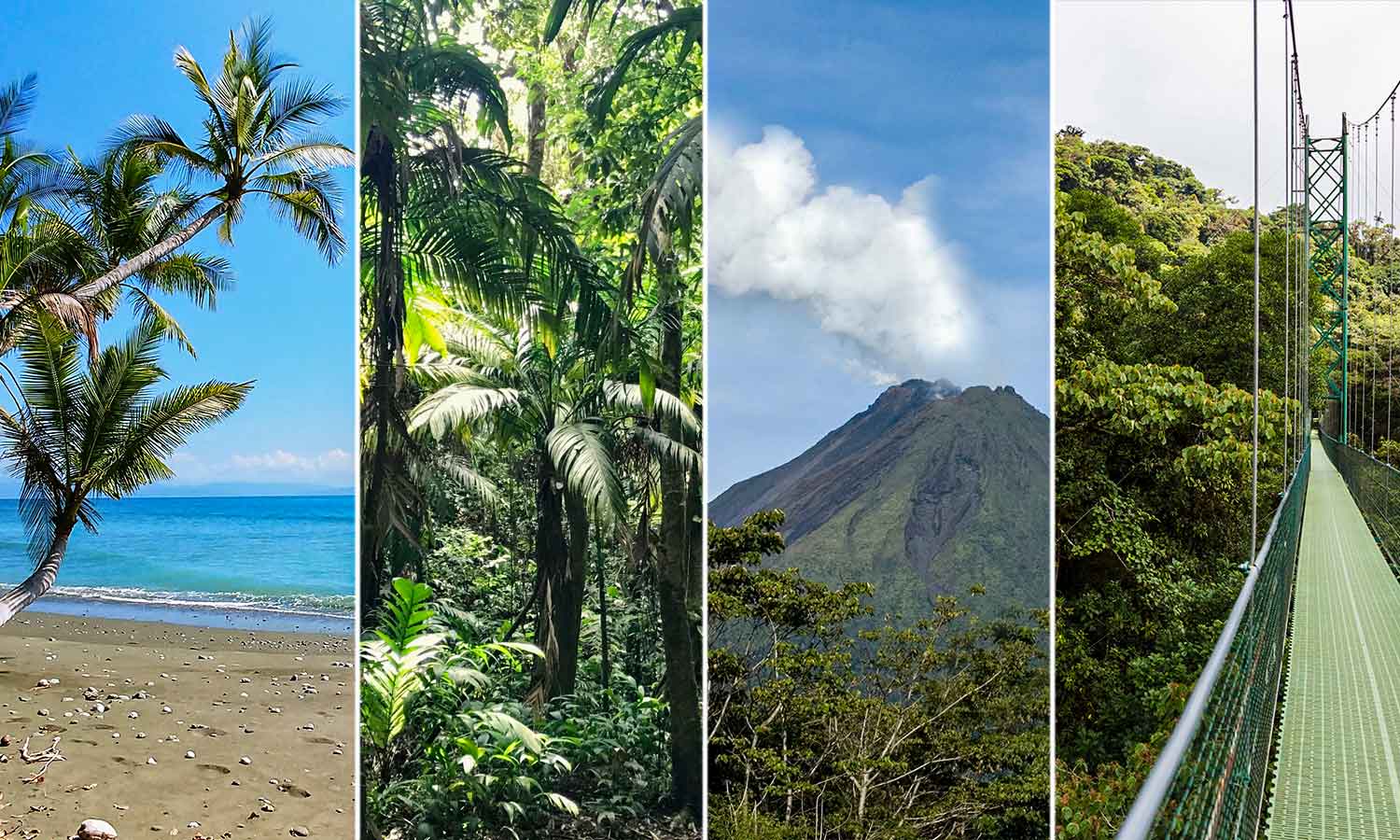
Visa and entry requirements for solo travelers
Make sure your passport is valid for six months after your return—a requirement to enter Costa Rica. I also recommend making copies of important documents (passport, international driver’s license, tickets) and saving them both digitally and on paper.
Join the NomadSister Community
Check out travel forums and blogs written by women who share their real-life experiences.
Their stories offer valuable insights, especially if you’re planning to travel solo in South America.
And don’t forget to check out NomadSister — a great network where women travel, support each other, and share their best tips.
Recommended vaccinations
Before heading off on your Costa Rica road trip, check with your doctor to ensure your vaccinations are up to date. You should be covered for standard vaccines (diphtheria, tetanus, polio, whooping cough, hepatitis A) and consider a hepatitis B vaccine if you plan to stay for an extended period.
Travel insurance and health precautions
Notify your bank of your trip and carry some US dollars in addition to your credit cards. Lastly, share your itinerary with a trusted person.
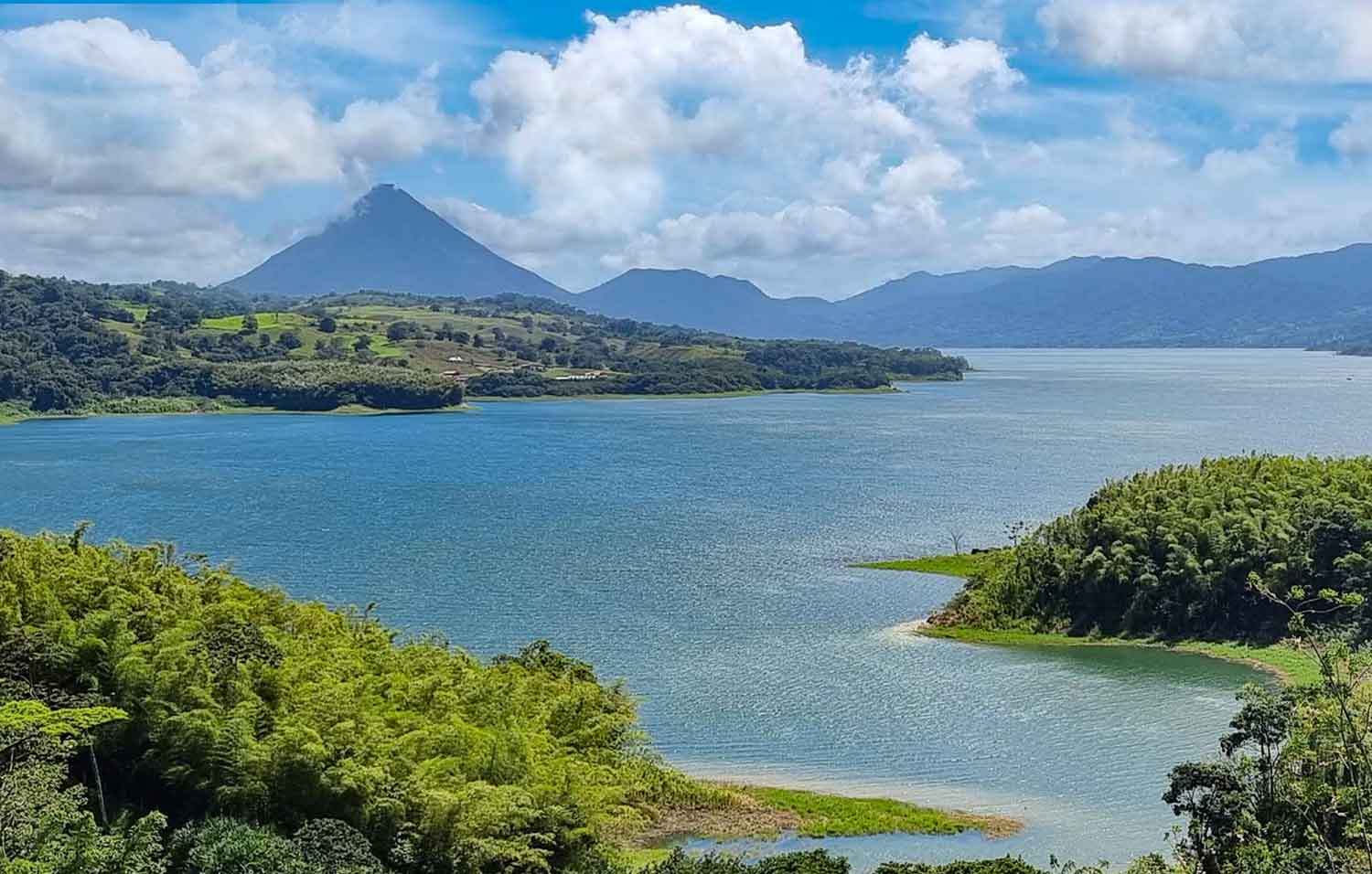
When to visit Costa Rica?
Two main seasons in Costa Rica
-
Dry season: December to April. Hot and humid, with temperatures ranging from 25°C inland to 35°C on the coasts. This tropical climate makes it the most pleasant time to visit, but it’s also peak tourist season, meaning higher prices and crowded sites.
-
Rainy season: May to November. Also called the green season, it has its own advantages, which I discovered during my September trip. The vegetation is lush, waterfalls are spectacular, and prices are significantly lower. Contrary to popular belief, it doesn’t rain all the time! Mornings are typically sunny, with showers in the afternoon, a common pattern in tropical regions.
Budget for a solo trip to Costa Rica
I won’t sugarcoat it: Costa Rica is an expensive destination. Many tourists come from the U.S., so prices are often in dollars. Activities are costly, so managing your budget carefully is key.

Payment methods
The Costa Rican colón is the local currency, but US dollars are widely accepted in tourist areas. Carry an emergency fund of $100-200, separate from your main cash.
Things to do in Costa Rica as a solo traveler
Events and festivals not to miss

Costa Rica is filled with colorful festivals throughout the year. In January, if you find yourself in the Palmares region, don't miss the Fiestas Cívicas, one of the country's largest festivals.
Hiking and national parks: the must-sees

National parks are a must: you can observe animals in the wild, such as sloths, iguanas, caimans, or colorful macaws. I strongly advise taking a guide. With a well-organized tour, you'll increase your chances of seeing wildlife, as it's often well hidden in the vegetation. Incorporating these parks into your itinerary will allow you to fully enjoy the country's natural diversity.
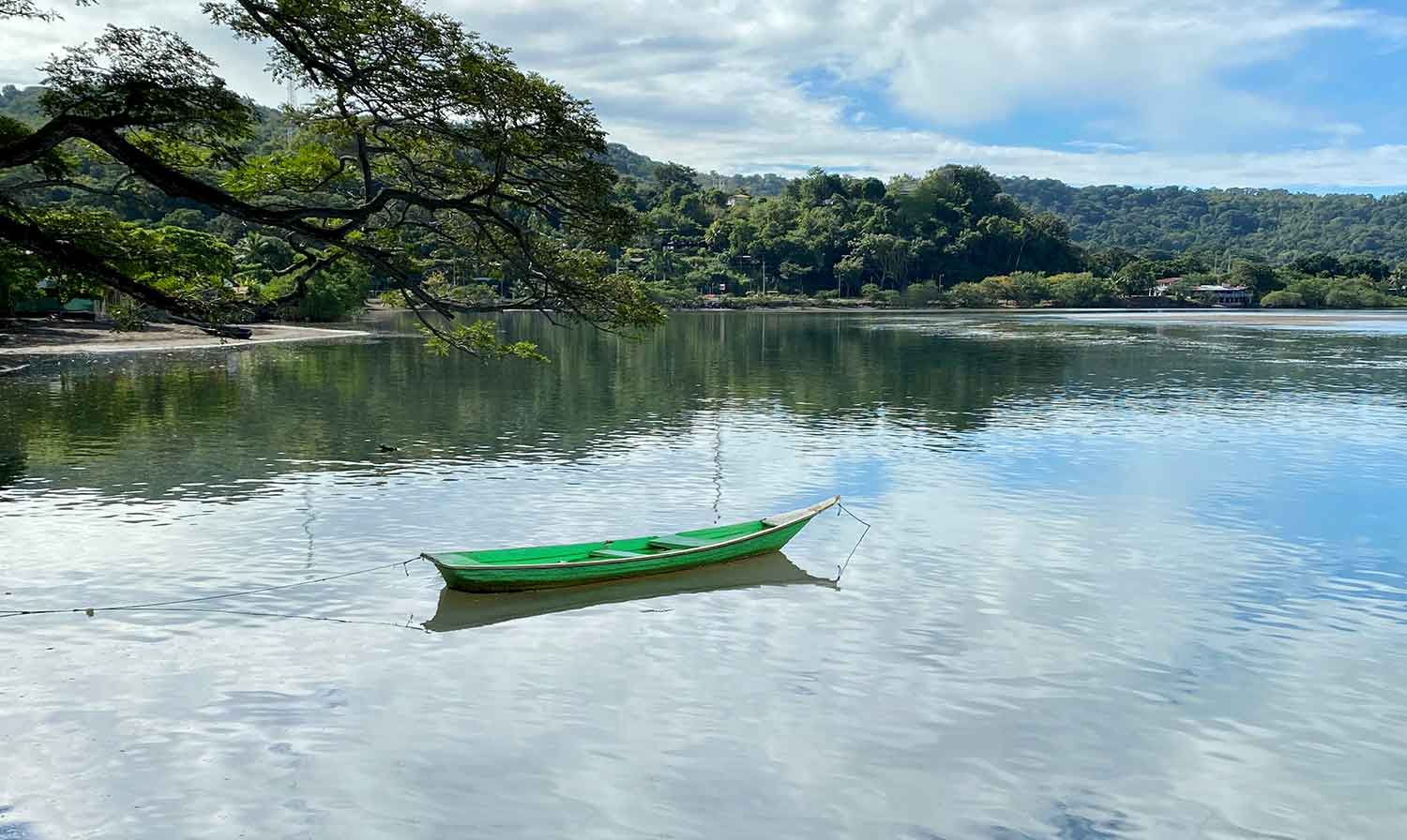
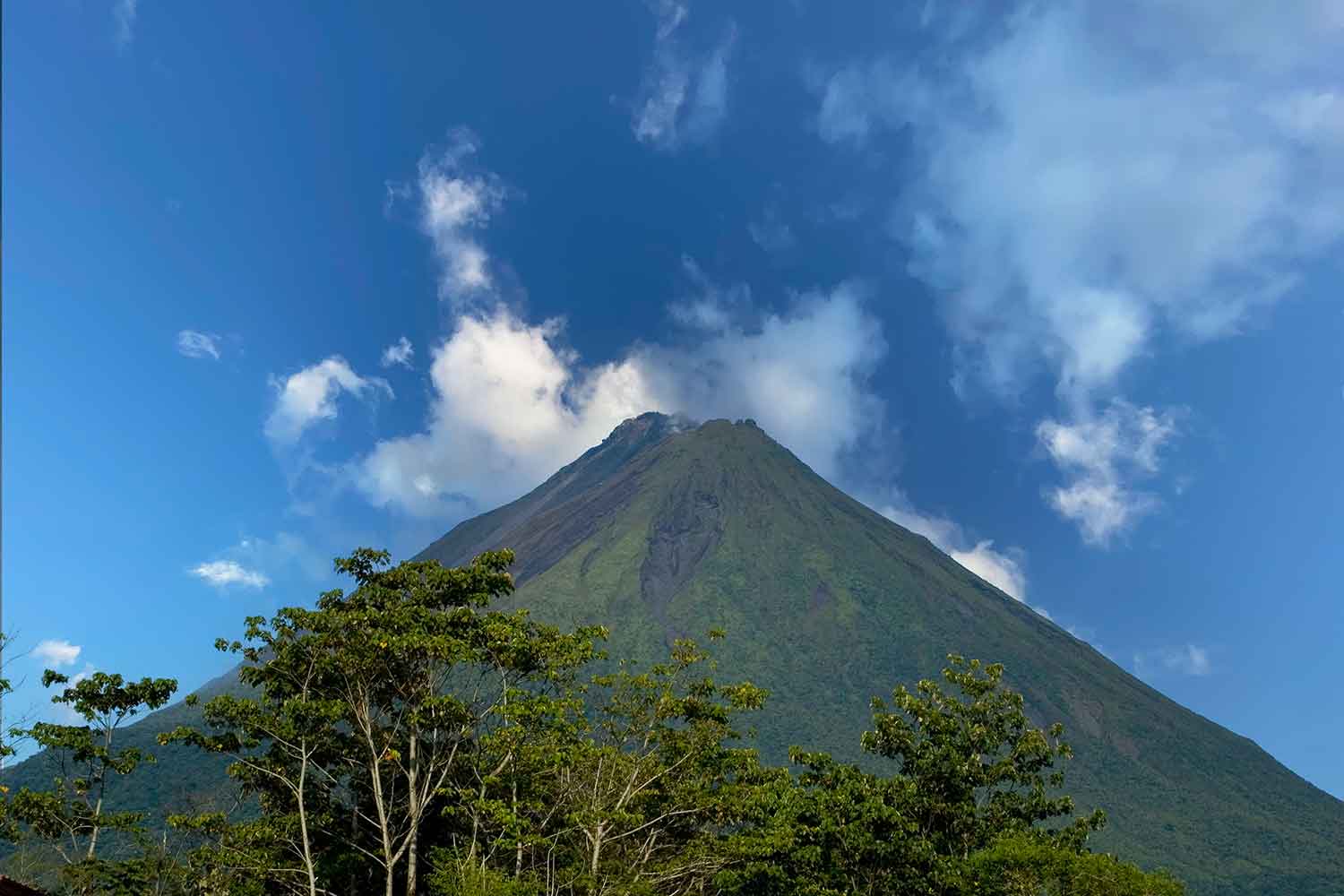
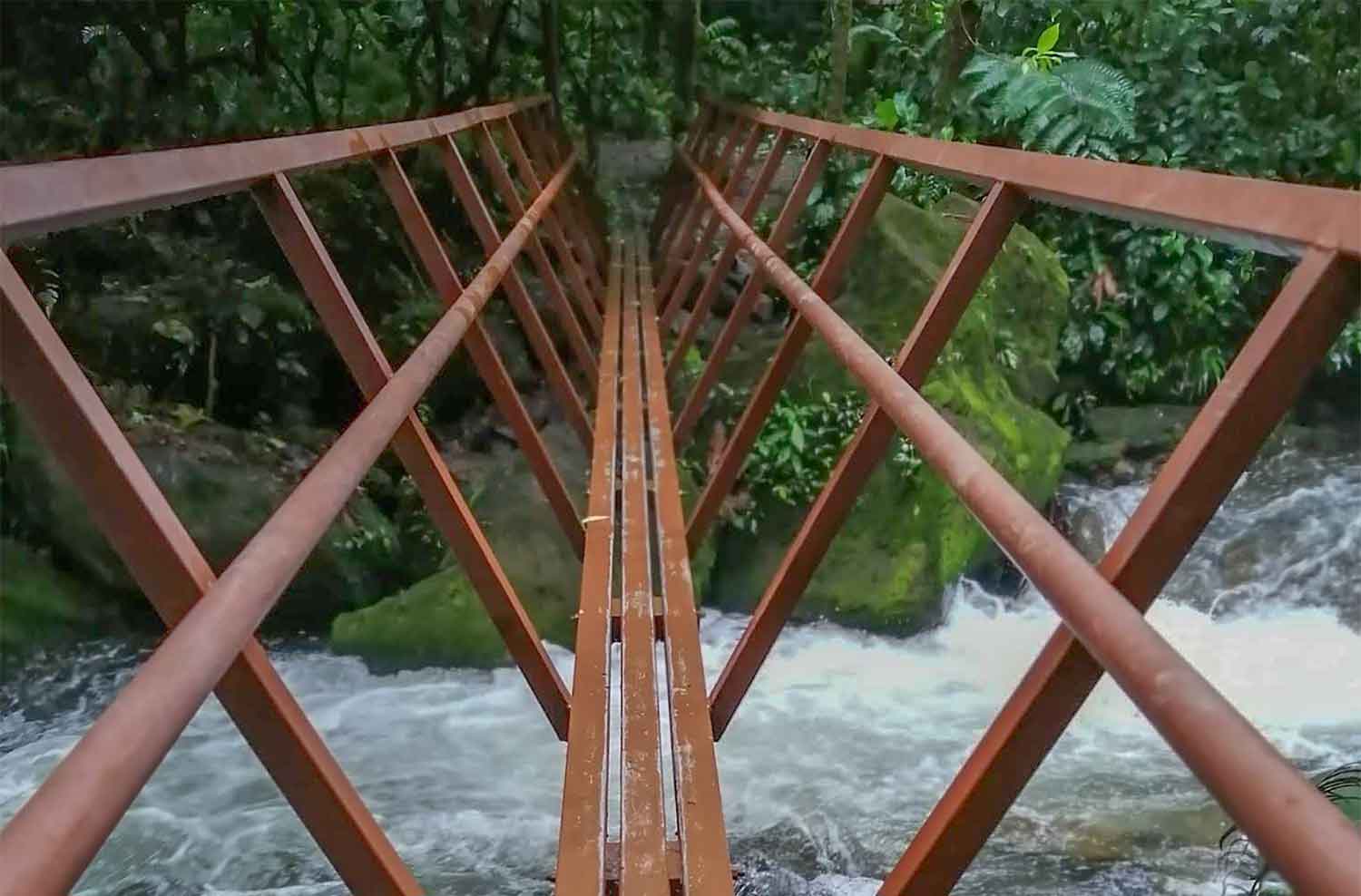
Water Sports and Beaches
If you enjoy thrills, rafting on the Rio Pacuare is a magical experience: incredible landscapes, turquoise water, and guaranteed adrenaline.
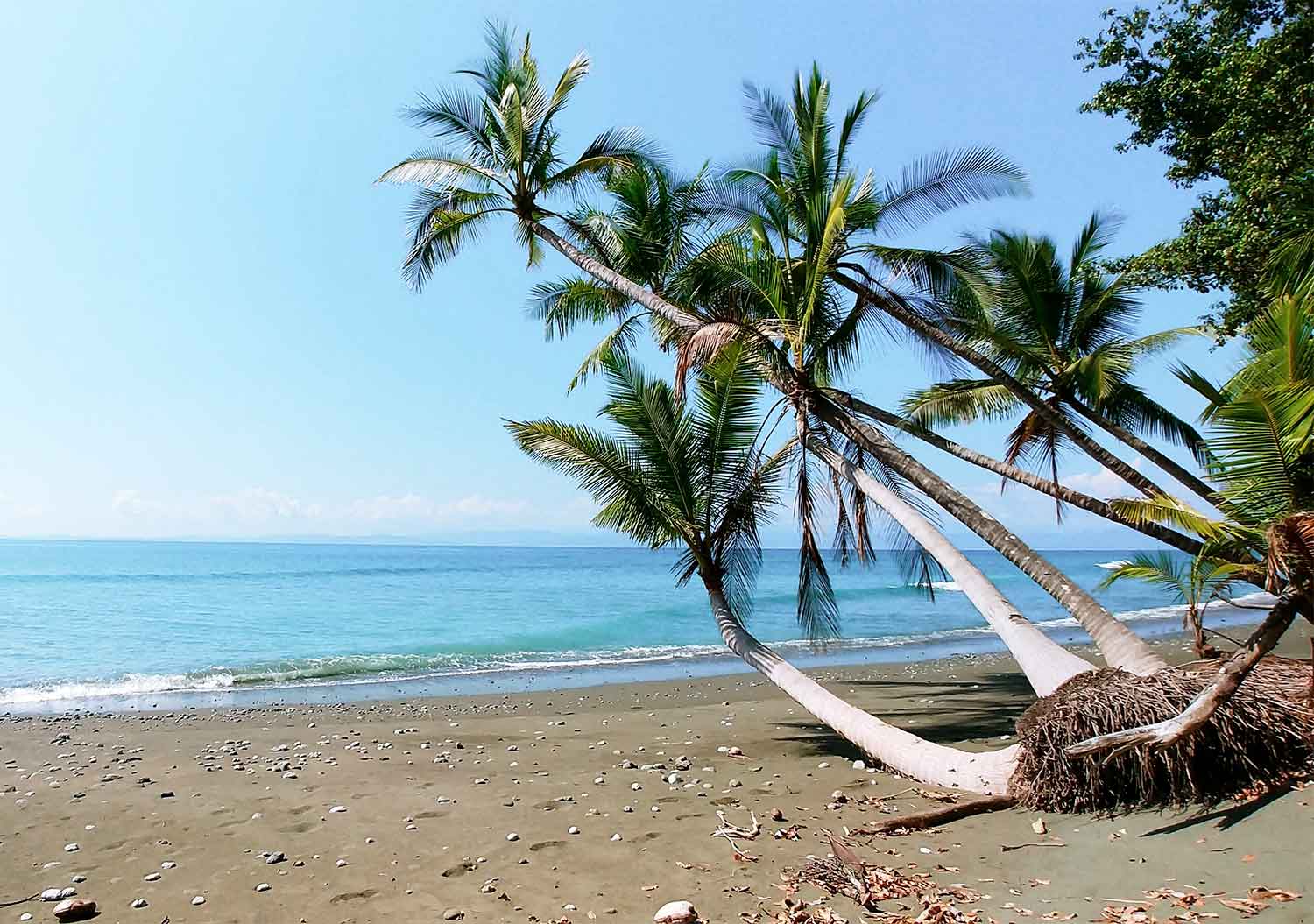
Cultural Immersion and Local Classes
Traveling alone allowed me to fully immerse myself in Costa Rican culture. In San José, I took a traditional cooking class at a small family school. I learned to prepare "gallo pinto" (the national dish made with rice and beans) and other local specialties.
Safety and well-being for solo female travelers in Costa Rica
Safe areas and places to avoid
Compared to other Latin American destinations, Costa Rica enjoys enviable political and social stability. The risk level is generally low, although, as everywhere, certain precautions must be taken regarding crime.
Solo travel tips for an enriching experience
Where to stay? Accommodations for solo female travelers
Social and budget-friendly hostels
Hostels are a fantastic option for a solo trip: they are numerous, affordable, and great for meeting people. You’ll never really be alone!
Safe and welcoming hotels & lodges
I found that small family-run hotels (15–20 rooms) often offer the best balance of security, comfort, and authenticity. The owners usually take the time to provide personalized advice and genuinely care about their guests' well-being.
Homestays for a deeper cultural experience
Staying with locals was one of my most enriching experiences in Costa Rica. Through platforms like NomadSister, I had the chance to live with Costa Rican families.
Learn Basic Spanish for a Smoother Experience
Even though many Costa Ricans speak English in tourist areas, I found that making the effort to learn a few Spanish phrases truly opens doors. Before my trip, I took an online course to learn the basics.
Is it easy to get around Costa Rica?
There are several options for getting around, depending on your budget. Renting a car gives you more freedom, but it’s an expensive option.
Renting a car: pros and cons
I rented a 4x4 to access remote beaches and national parks. Driving requires caution: winding roads, single-lane bridges, and frequent potholes can be challenging. An offline GPS and an international driver’s permit are helpful.
Best ways to get around locally
In small tourist towns, I mostly walked. For short distances, official “red taxis” (recognizable by their red color and mandatory meter) are a safe option, especially at night.
In Puerto Viejo and Santa Teresa, I rented a bike, which was perfect for exploring at my own pace. Some guesthouses even offer bikes for free.
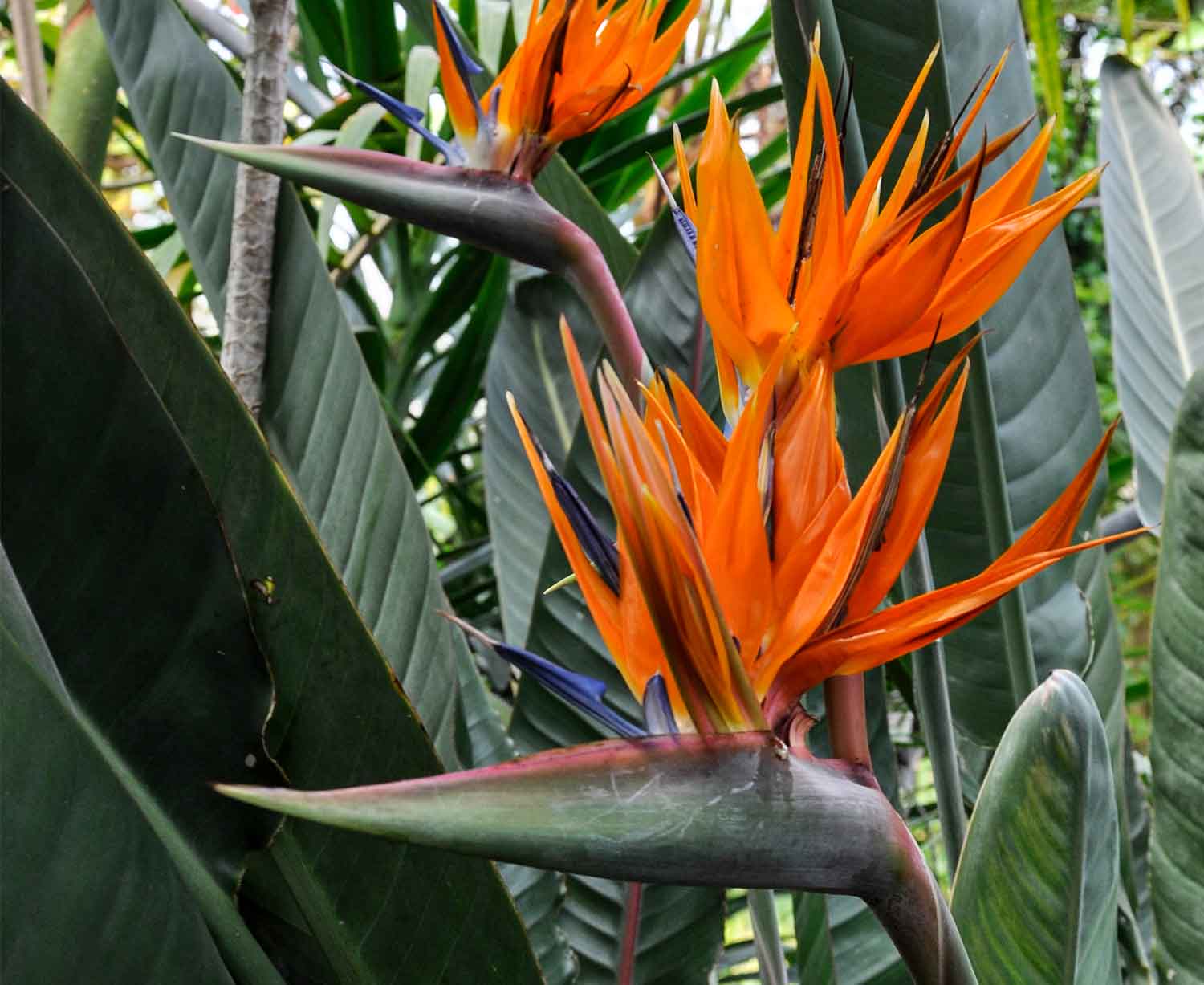
Ready to take the leap?
Traveling alone in Costa Rica is like jumping into a waterfall after a long hike: at first, you hesitate, but once you’re in… it’s pure magic. Between the wildlife-filled jungles, the laid-back beaches, and the heartwarming encounters, every day is a new adventure.
Did you enjoy this story?
- Solo travel in Bolivia — mountains, meaningful encounters, and freedom on your own terms.
- Is Bolivia safe for tourists? — what no one tells you, but you really should know.
ADVENTURE| ROAD TRIP| TRAVEL
The editorial team:
Whether you are an avid traveller or a first-time adventurer, all NomadSister editors are passionate about travel. They share their advice and experiences with the desire to give you wings!
Who are we?
